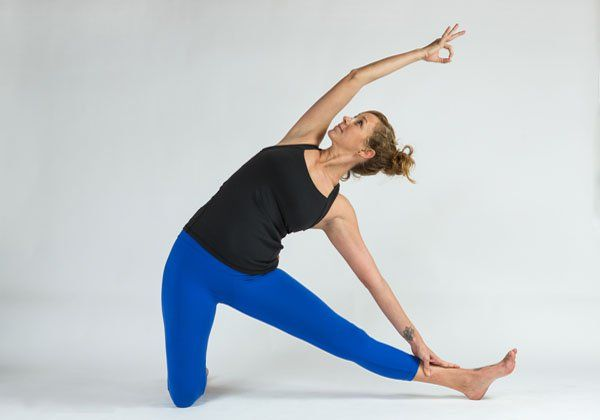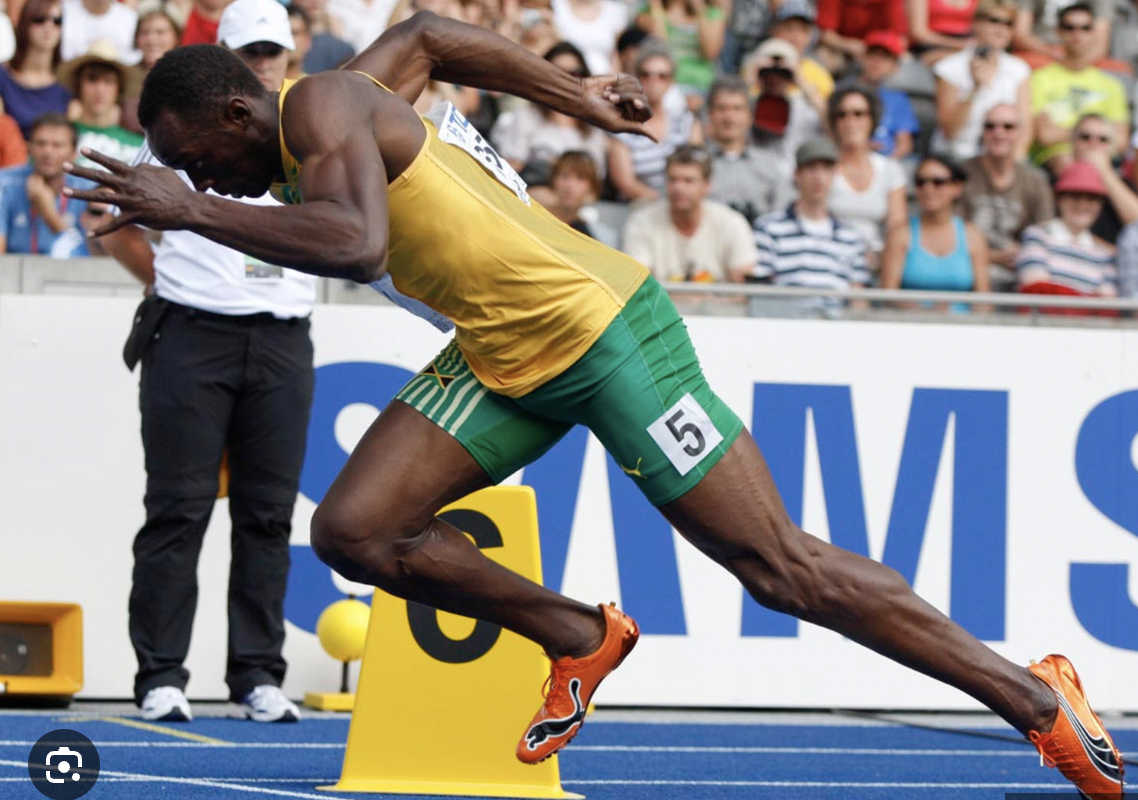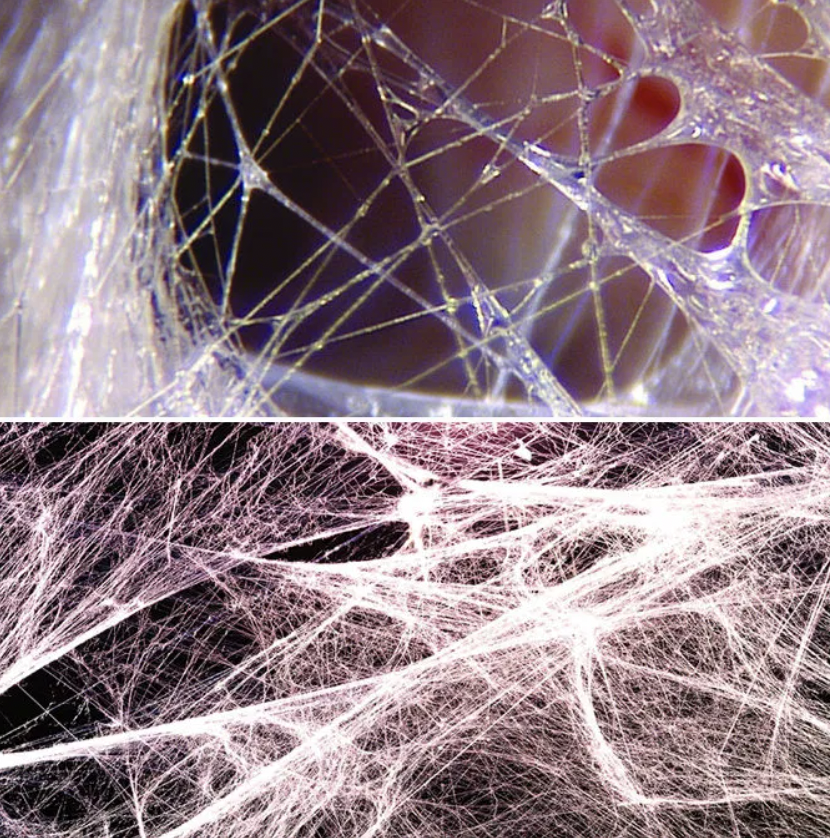The Stretching Paradox
INTRODUCTION
Stretching has become a nearly universal habit in modern society. From office workers reaching for the ceiling after hours at a desk, to athletes engaging in pre-and post-workout routines, stretching is seen as a go-to solution for stiffness and discomfort. It's often prescribed as a remedy for tight muscles, poor posture, and even stress. In everyday conversation, it's common to hear people say they feel "tight" or "stiff," and the immediate response is to stretch—hoping for relief. Yet, despite how often we stretch, many people find that their muscles still feel tight shortly after. This cycle of stretching and temporary relief seems endless, raising the question: if stretching is so common and widely accepted, why doesn’t it offer lasting results?
TO STRETCH OR NOT TO STRETCH? THAT IS THE QUESTION.
We generally categorise stretching as either passive, active, isometric, dynamic, ballistic or loaded. There are also techniques like PNF (Proprioceptive neuromuscular facilitation) or PIR (Post Isometric Relaxation) which often therapists will use to treat a symptom of pain or tightness. These techniques may give some relief in the short term but you will see repeatedly that the same issue creeps back in over time, in some cases you may find another area of the body starting to have an issue seemingly ‘out of no where’.
Every cycle of ‘stretching rehab’ is actually doing you more damage than the time before. These styles of stretching completely over look the root cause of the dysfunction and don’t actually solve any problems long term. Just like a leaking bucket, we can add tape to the cracks but eventually that tape loses its stick and we are back to the same problem.
WHY DO WE AVOID MOST TRADITIONAL STRETCHING TECHNIQUES AT FP?
In short, we do not want to over stretch our tendons and ligaments. It’s important to have some understanding of anatomy to get the full grasp, so let's start by talking about what tendons, ligaments and muscles actually do.
Ligaments attach bone to bone - Providing stability to the joint.
Tendons attach muscle to bone - They transmit the force generated by muscles to bones, allowing for movement of the body.
Muscles attach bones via tendons - they contract to produce movement, providing force and power for bodily motions.
Let’s deep dive into ligaments.
A lot of us have heard of the ACL & PCL which both help stabilise the knee, they are very common ligaments that you hear about getting torn in sports more and more often these days.
The ACL’s function is to make sure that the shin bone (tibia ) doesn’t shift too far forward in-front of the thigh bone (femur) and the PCL makes sure the tibia doesn’t shift too far back relative to the femur. We also have the MCL & LCL providing stability on either side of the knee and the PL which stops excessive rotation of the tibia relative to the femur.
All these ligaments are there to support and stabilise the knee trying to prevent excessive movement.
**Before I go on please remember that ligaments are NOT connected to muscles.**
Over time, consistently stretching the knee into extreme ranges could potentially lead to ligament laxity (looseness). Ligaments are designed to be flexible but also need to remain taut enough to provide stability. If overstretched repeatedly, the ligaments can lose their tensile strength and ability to stabilize the joint properly.
Examples: Deep Squats, Pigeon Pose, Quad Stretch, lotus Pose, seated on the floor hip internal rotations and more.
Can you see how much the knee is still connected to all of these lower body stretches, and how the ligaments in the knee would be getting overly stretched? And we haven’t even looked at what’s happening at the hips yet.
At FP, we focus on the Big 4 - Standing, Walking, Running, and Throwing, which are at the core of human biomechanics. When these movements are done optimally, it allows our joints to move more freely with less friction. When human biomechanics isn’t the priority, it leads to misalignment and wear and tear of joints, ligaments, and tendons — and a whole lot of surgeries. When we know that the body is an integrated system it’s important to train it in that manner.
At FP, when we assess your gait — especially during sprinting — we can learn a lot about which areas of the body need re-tensioning and which need lengthening or decompression.
The Functional Patterns method uses movement patterns that target both simultaneously, all while keeping gait as the primary focus to drive real, lasting results.
Our approach to addressing this is unlike anything else in the industry.
When you move correctly you will never feel the need to stretch.
IS MORE BETTER?
These days, social media is flooded with the fitness industry pushing the “more is better” mentality; more calories, more km’s, more blood sweat and tears and more Range of Motion (ROM). For this article we will focus on ROM. “
“What, you can’t do the splits… You better start stretching!”
“What, you can’t get your feet behind your head… you should start yoga to open up those hips.”
“What, you can’t do side splits flat like a pancake… Just lie on your back and hang heavy kettlebells from your feet.”
But... why? Seriously—why? Why is that even a goal in the first place?
I’ll tell you why: because a lot of people are chasing attention, looking for the next trendy thing, feeding their egos, or trying to look desirable. Many people simply follow what’s popular in the industry without understanding the long-term consequences.
Take a moment and really think about it—at what point do you say, “Okay, that’s probably enough range of motion now”?
Striving for excessive range is not going to make you move better as a human being.
But it will cause you more imbalances in the body, instability in the joints, inflammation, osteoarthritis, higher risk of dislocations and sprains, joint degeneration and postural problems.
If you are thinking to yourself
“But I feel so tight and when I stretch it feels so good”
then keep reading as I am about to explain to you about what is actually making you feel tight!
THE EXTRACELLULAR MATRIX (ECM)
The ECM is made up of
Ground substance - (fluid-gel matrix)
Fibrous proteins (collagen, elastin, fibronecton etc)
Cell - (fibroblasts, immune cells etc)
If we zoom in on the Ground Substance, one of its primary components other than water is Glycosaminoglycans (GAGs).
GAGs have a unique ability to bind large amounts of water, forming a gel-like matrix that acts as a lubricant and shock absorber within the extracellular matrix — helping your tissues stay hydrated, resilient, and mobile.
A loss of water and GAGs is going to lead to an increase in viscosity of the ECM causing collagen fibres to bunch together causing micro adhesions.
These micro adhesions lead to fascial stiffness and restricted mobility, making you feel as if you have a ‘knot’.
MAINTAINING A RESILIENT AND FUNCTIONAL EXTRACELLULAR MATRIX
1. Load it Properly.
Movement is medicine for the ECM, but not just any movement - integrated, biomechanically efficient movement that respects human gait. At FP this is what we prioritise by training loaded rotation, contralateral & ipsilateral movements, reciprocal inhibition, rotation, lateral flexion we ensure that the ECM fibres align properly and stay resilient.
2. Myofascial Release
Strategic MFR helps break down adhesions, stimulate fibroblast activity and improve the alignment of ECM fibres. Avoid overly aggressive or unfocused foam rolling. The 10 week online program addresses how to MFR the whole body in a strategic orderly fashion.
Use MFR before integrating corrective movement patterns to rewire tension and optimise tissue remodelling.
3. Hydration & Fluid Exchange
ECM is like a sponge; hydration and fluid flow are crucial for maintaining its suppleness.
Drink water consistently through out the day and if you are doing MFR then that’s an even better time to hydrate that freshly unstuck tissue.
4. Avoid Chronic Inflammation
Inflammation degrades ECM via enzymes like matrix metalloproteinases (MMPs)
Poor posture, dysfunctional movement, processed food, seed oils, grains, stress and sleep deprivation all contribute to ECM breakdown.
If you follow those 4 points then you won’t feel stiff, stuck or tight and you will no longer have the urge to want to stretch.
THE MORE YOU STRETCH, THE MORE YOU WANT TO STRETCH.
The reason stretching often doesn’t solve the issue is because you can't precisely isolate and target a single adhesion or tight spot within a muscle passive stretching. Instead, you end up stretching the entire muscle group in hopes of hitting the right area. The problem is, most of the stretch affects everything around that tight point — not the adhesion itself.
As a result, you're mainly stretching healthy muscle tissue, tendons, and ligaments — structures that aren’t meant to be repeatedly lengthened like that. Meanwhile, the actual tight spot often becomes more irritated and resistant. This leads to a frustrating cycle: the muscle still feels tight, so you keep stretching more, but the tightness never really goes away.
And that’s how people end up stuck on the never-ending stretching hamster wheel — always chasing relief, but never addressing the root of the problem.
CONCLUSION
Stretching may offer temporary relief, but it rarely delivers long-term results — and in many cases, it can do more harm than good. When we rely on passive stretching techniques to chase flexibility without understanding how the body actually functions, we overlook the root cause of our aches and pains.
Ligament laxity, joint instability, and chronic tightness are often symptoms of a deeper dysfunction: poor biomechanics and an unhealthy extracellular matrix.
At Functional Patterns, we don’t stretch to chase range — we move to restore function. By prioritising the FP Big 4 — walking, running, standing, and throwing — we train the body the way it was designed to operate. We load tissues the right way, promote healthy hydration and tissue remodeling, and build lasting structural balance.
If you’re stuck in the cycle of stretching and still feel tight, maybe it’s time to stop asking what to stretch — and start asking why you're tight in the first place.
Real change comes from training intentionally, not habitually.







